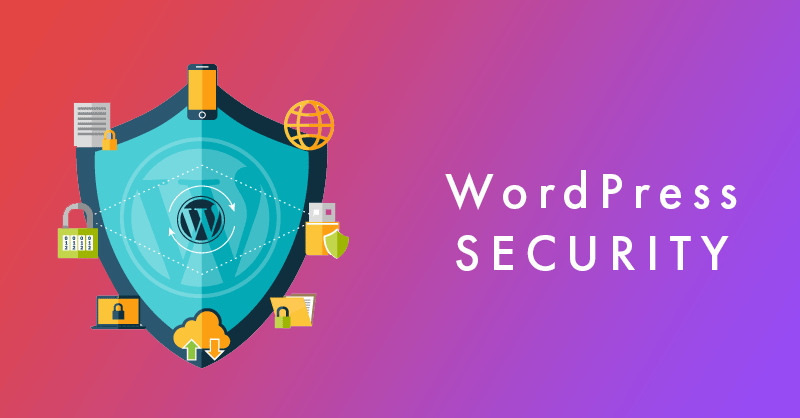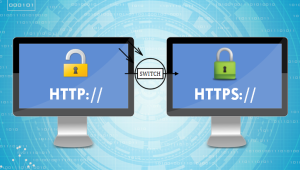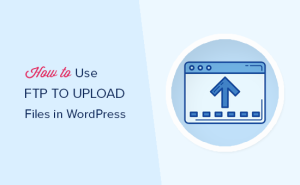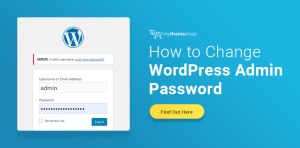Once you have established your WordPress website, it is time to think about security. Since the platform is used for nearly 25 percent of the world’s websites, it is often a target of hackers. How can you prevent your site from being compromised? We will cover seven ways you can secure a WordPress site.
1. Use the Latest Version

WordPress is updated numerous times per year, providing bug fixes and security patches. Automatic upgrades have been available since version 3.7, and you should leave this feature turned on to ensure your site is always protected. An additional bonus of automatic updates is your themes will always be on the latest, safest version, which adds another layer of security.
2. Create a Strong Password

The majority of WordPress hacks are brute-force attacks. This is when a hacker keeps trying username and password combinations until they have gained access to the site. By using a strong password, you can avoid this situation. A strong password contains a random set of upper and lowercase letters, numbers and symbols and is at least 12 characters in length. You should change this password every 30 days.
3. Avoid the Admin Username

One of the easiest avenues into a WordPress site is the “admin” username. WordPress no longer creates this name automatically on installation, and you should never use it. Choose a name that is not related to the one you will be using on the blog, then set the nickname to the one you want the public to see. To be even more secure, remove the author link from theme templates as the URL will reveal your secret login name.
4. Change the WP Table Prefix

When installing WordPress, the platform uses “wp_” as the default database table prefix. You should change this value to a random string of characters to prevent hackers from automatically injecting malicious code and corrupting the site. If you are not comfortable with manually changing this value, there are plugins such as Change DB Prefix that can do this for you.
5. Keep Plugins Updated

Plugins are often a point of vulnerability for WordPress. Some are poorly written and others are simply not kept up-to-date. Choosing plugins carefully and keeping them updated to the latest versions will help to secure your WordPress site.
6. Backup Often
If you truly value your WordPress site, you will back it up often. This not only gives you a local copy of the site but also provides a quick route to recovery if you are hacked. Backing up can involve just the database or can include the entire install. The easiest way for you to schedule backups is through the use of a plugin that also saves the data to a cloud service.
7. Use a Security Service

If you are running a high-value site, you should consider using the Sucuri or Wordfence security plugins that also offer a malware scanning service. This will provide you with peace of mind while keeping a live eye on your website. Hackers are very sneaky characters, and you can never be too careful.
The above tips are a good start to secure a WordPress site.






